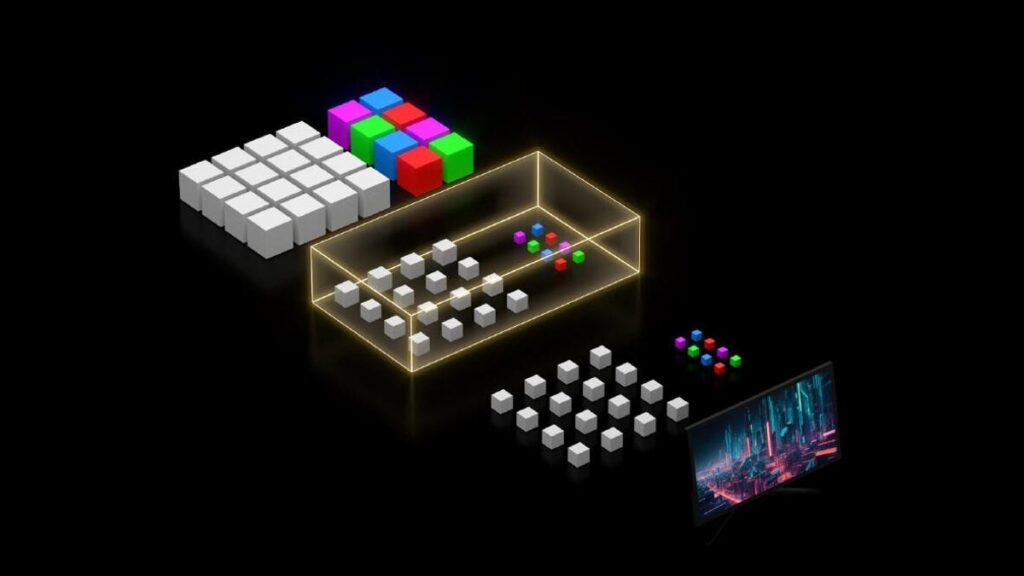AMD and Sony jointly teased AMD’s approach to improving its future graphics hardware performance in a video posted to YouTube this week: compression, aggregation and dedication. Compressing all the data in the graphics pipeline for lower memory overhead; aggregating the compute units that process the data for faster matrix multiplication (key to improving AI performance, including upscaling); and finally adding dedicated silicon to handle ray and path tracing acceleration, necessary to bump up visual quality.
Sony’s involvement immediately sent everyone’s heads into PlayStation 6 rumorspace: AMD’s chips power Sony’s PlayStation consoles, and that’s pretty much the only place where the two companies intersect, at least for the moment.
Don’t miss any of our unbiased tech content and lab-based reviews. Add CNET as a preferred Google source.
AMD powers almost all consoles, from the Xbox to the Steam Deck, with the Nintendo Switch line one of the few exceptions (it’s based on Nvidia chips). It’s also in laptops and the company’s own graphics cards. If you want to game on a laptop that won’t blow your budget, better integrated graphics are always in your best interest.
The three new technologies teased in the AMD video are:
Radiance Cores: My testing over the years has shown that AMD has long lagged Nvidia with respect to ray tracing performance (which is not just for pretty reflections — it improves lighting significantly), and that’s at least partly because its processing takes place in its main compute unit cores, which are optimized for processing other types of graphics. So ray tracing bogs your frame rates down a lot. And the one-core-one-ray-trace-unit architecture limits the amount of processing you can throw at it to improve. The Radiance Cores handle the ray tracing acceleration separately, similar to the way Nvidia’s RT cores do.
Neural Array: Matrix multiplication is the key algorithm for accelerating AI processing on-device — it’s what Tensor cores handle, for example — and these days, upscaling is driven by AI-heavy, machine learning-informed algorithms, like Nvidia’s DLSS and Intel’s XeSS. Upscaling is important because it’s a major way to run at higher resolutions without taking a performance hit, and in many ways is at the center of a suite of technologies for improving image fidelity and performance. AMD’s version is FidelityFX Super Resolution, and its next-generation of the technology, FSR Redstone (likely part of RDNA 5), will need those arrays, as well as Sony’s variation of it, PSSR.
Universal Compression: The less compressed your data is, the more memory it takes to process and the slower it moves through a pipeline. Traditionally, graphics processors have stuck to compressing only the biggest memory hogs, starting with textures, in part because there was a performance cost to inserting it into the processing pipeline. But silicon is so much faster than it used to be that it likely makes sense to use it for all the graphics data, which is how Universal Compression works. Even if performance is a wash, it probably means less memory is required, an important factor for 4K and higher gaming as well as prices.
This tease is the first of probably a zillion for both new technologies in the PS6 and AMD’s RDNA 5, and I’d expect to hear a lot more about it at CES in January 2026, if not sooner. I’ve reached out to AMD for more details, but didn’t immediately hear back.
Read the full article here
